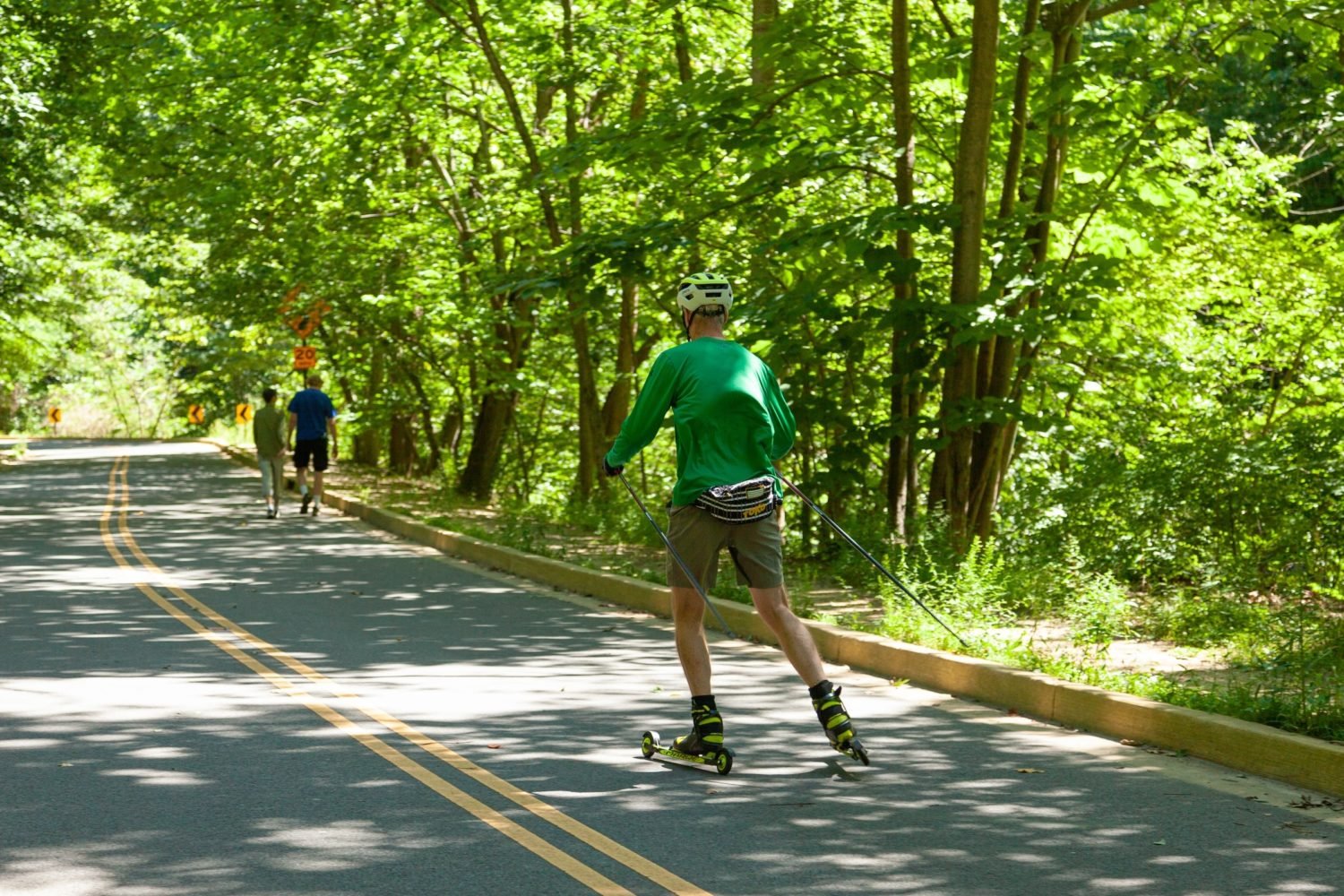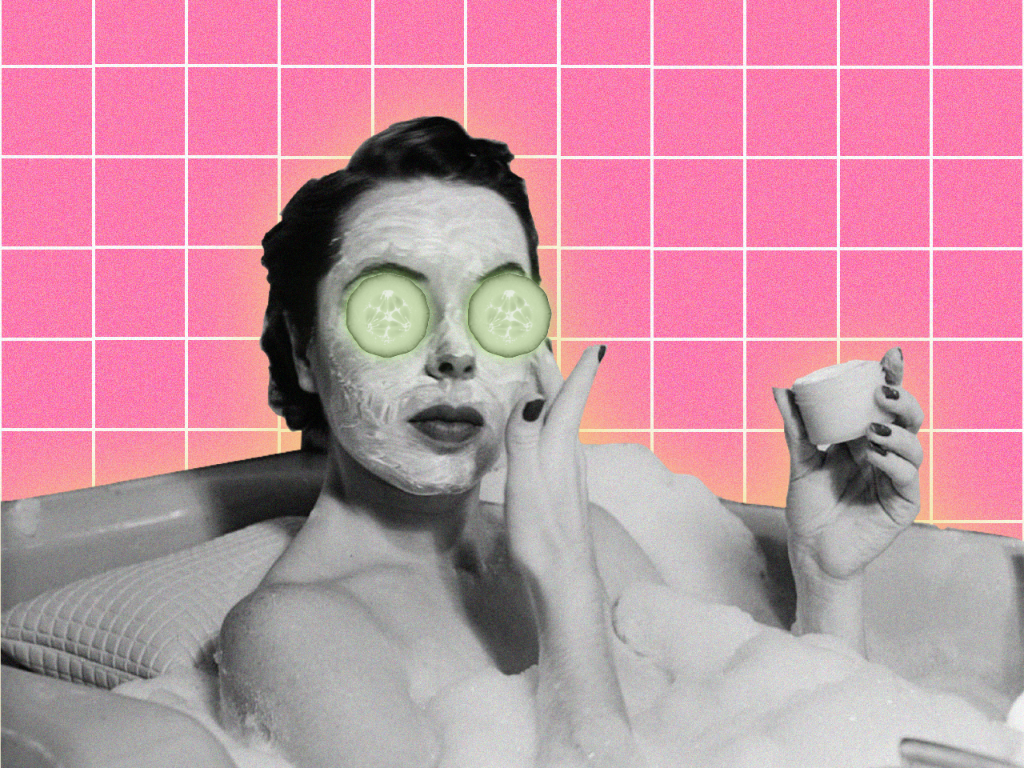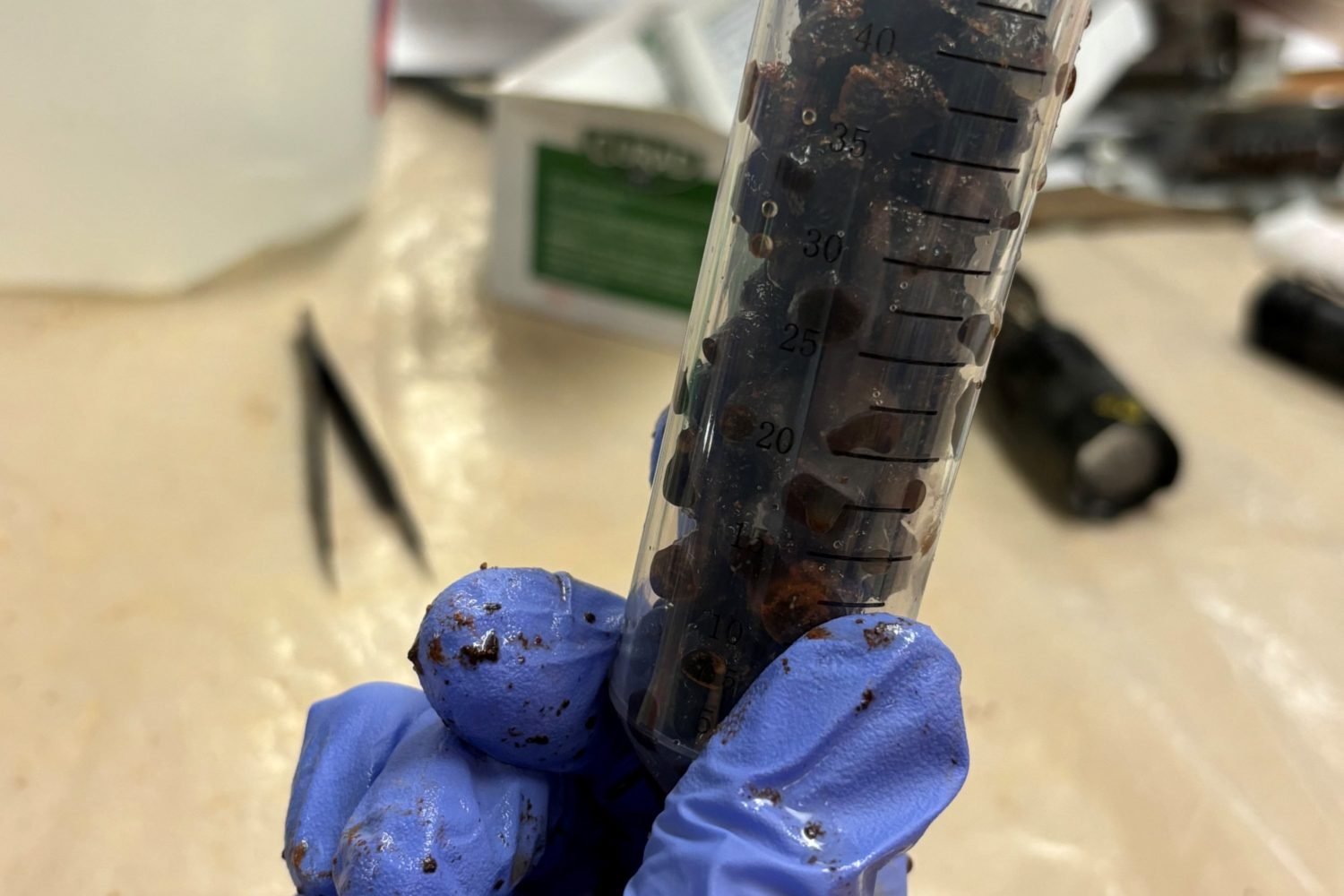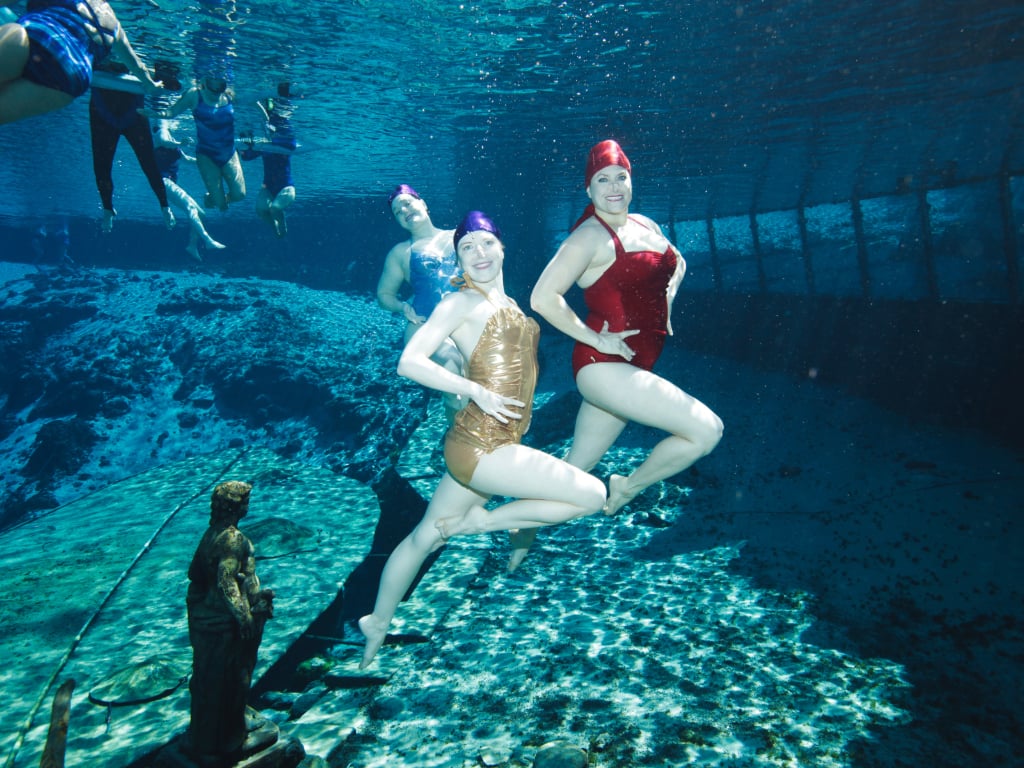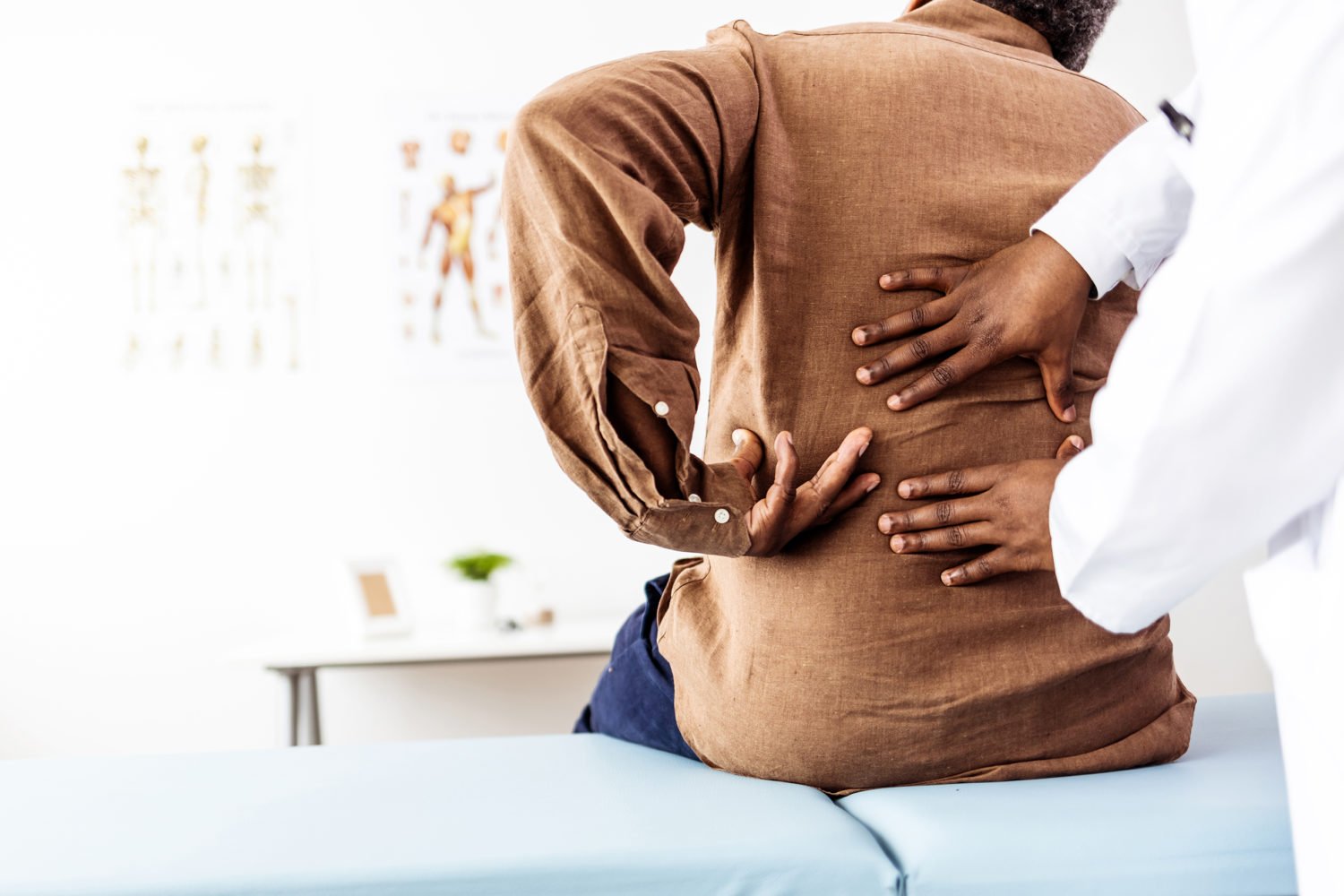
In an athletic training room, it’s a common sight to see college and professional athletes shivering as they sit in a tub of ice after a tough practice. Though extremely unpleasant, this cold-water immersion technique is the go-to treatment to reduce the pain of sore muscles and inflammation, or delayed onset muscle soreness (DOMS).
But do those mind-numbing, painfully cold 20 minutes or so really soothe sore muscles? According to a study published in the Cochrane Library, the answer is yes.
Researchers had 366 people get into a bath or container of about 50-degree water after running, cycling, or resistance training. They spent 5 to 24 minutes immersed in the water.
Turns out the cold water technique, also called cryotherapy, helped reduce soreness by 20 percent after one to four days, compared with simply resting or no intervention at all.
However, the study didn’t test whether other methods of treating sore muscles work better than cryotherapy, or whether this technique poses any health risks. After all, “Cold-water immersion induces a degree of shock on the body,” pointed out Chris Bleakley, the study’s lead author.
Local trainer Natalie Marston says while cryotherapy definitely works for certain individuals, there are other ways for serious and everyday athletes to treat sore muscles. “The type of muscle soreness differs from one person to another, so it is important for the individual to determine the severity of the muscle soreness first in order to decide the proper recovery method.”
Marston broke down ideal recovery techniques that may relieve muscle soreness, depending on your type of training.
If you are a runner . . .
- Cool down at the end of your race to prevent spasms in damaged muscles, followed by light stretching.
- Light massage.
- Ice.
- Hydrate and eat properly to fuel muscles.
- Over the next few days, do some light cardio to promote circulation and rest.
If you have mild muscle pain . . .
- On the day after a high-intensity workout, try light exercise and low-impact activity combined with rest.
- Foam rolling: Holding pressure on tender areas of myofascial tissue alleviates muscular tension and helps improve muscular balance and joint range of motion.
- Gentle stretching.
If you suffer from DOMS . . .
- Cryotherapy to reduce inflammation and muscle soreness.
- Foam rolling.
- After foam rolling, try some gentle stretching if it does not increase the pain.
- Myofascial release/massage: This form of soft-tissue therapy helps reduce pain and restores motion.
- Rest.



